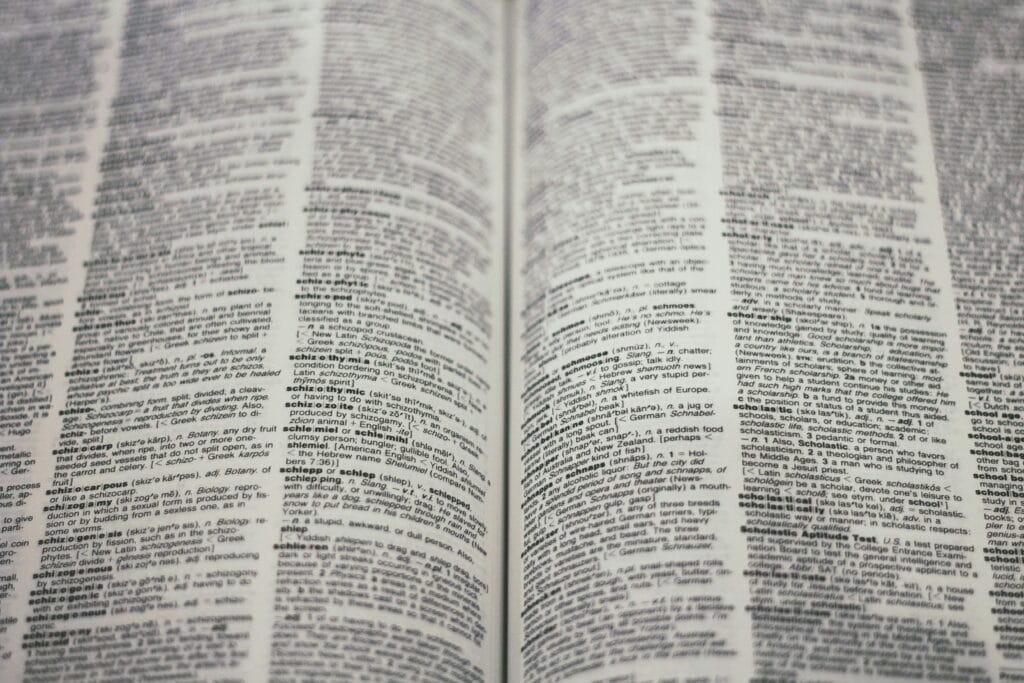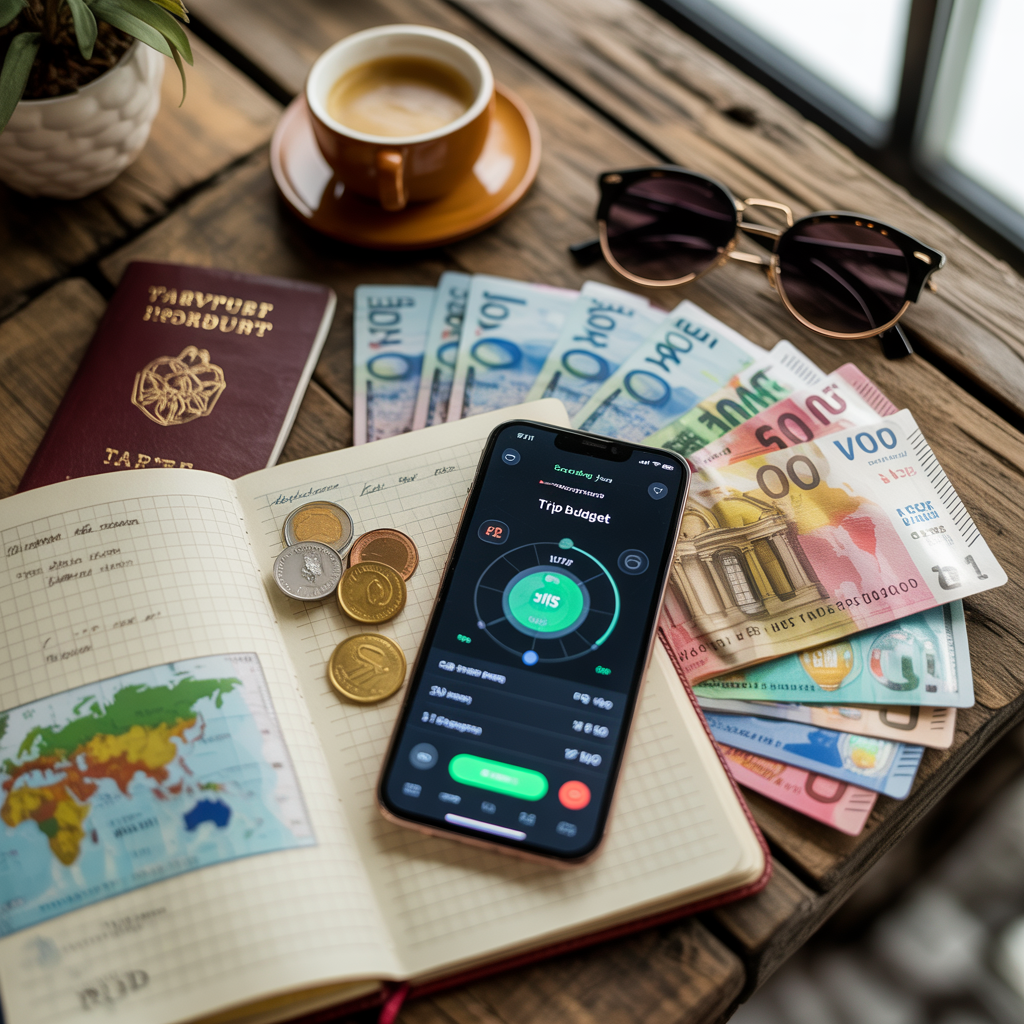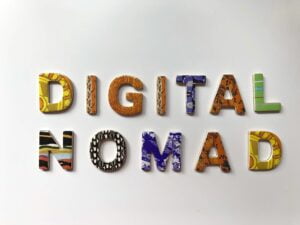Language Barriers? Not Anymore: How AI Can Help You Create Content in Multiple Languages
Creating content that resonates across different cultures and languages has always been a challenge for businesses, educators, and individuals alike. The keyword “AI for Language Barriers” is increasingly becoming a focal point in the quest to break linguistic boundaries. With advancements in artificial intelligence (AI), what was once a time-consuming and resource-intensive task is now more accessible than ever.
Whether you’re expanding your global business, sharing educational materials, or simply communicating with a diverse audience, AI-powered tools can transform how you create multilingual content. This article explores how AI is redefining the landscape of multilingual communication and offers practical ways to harness its potential.
Let’s dive into how this technology works, the benefits it offers, and the tools you can leverage to overcome language barriers.
The Impact of AI on Multilingual Content Creation
Breaking the Monolingual Mold
Traditional content creation has long been limited by language barriers. Translating text manually, hiring multilingual staff, or relying on outdated machine translations often resulted in inaccuracies, cultural insensitivity, and high costs. Enter AI-powered solutions, and the game has changed. Modern AI systems, such as natural language processing (NLP) models and neural machine translation (NMT) engines, are bridging the gap with greater accuracy and speed.
Precision and Context: A Winning Combination
One of the key advantages of AI in tackling language barriers is its ability to understand context. Unlike traditional translation tools that offer word-for-word substitutions, AI-powered platforms like Google Translate, DeepL, and OpenAI’s GPT models use machine learning to capture nuances, idioms, and cultural references. This ensures your content doesn’t just translate—it resonates.
For instance, imagine a brand launching an ad campaign in multiple regions. AI tools can adapt the messaging to reflect local customs and preferences, making it more appealing to each target audience.
Cost-Effective and Scalable
AI for language barriers is a cost-effective solution that scales effortlessly. Businesses no longer need to invest heavily in human translation services for every project. AI can handle thousands of words in multiple languages in minutes, freeing up resources for creative endeavors.

How AI Tools Work to Overcome Language Barriers
The Role of Natural Language Processing (NLP)
Natural Language Processing (NLP) is the backbone of AI’s language capabilities. By analyzing and understanding human language patterns, NLP models can:
- Identify the tone and intent of the content.
- Provide accurate translations while retaining context.
- Enable content personalization for diverse audiences.
Neural Machine Translation (NMT) Revolution
Neural Machine Translation has elevated the accuracy of AI-driven translations. Tools like DeepL and Microsoft Translator use NMT to produce translations that are not only precise but also stylistically appropriate. These tools learn from vast datasets and continuously improve, ensuring that translations remain up-to-date with linguistic trends.
Multimodal Capabilities
Modern AI tools aren’t limited to text. Platforms like Synthesia and Papercup enable video content creators to dub or subtitle their materials in multiple languages seamlessly. AI-driven voice synthesis can even mimic accents and intonations, creating an authentic experience for viewers.
Practical Applications of AI for Language Barriers
Content Localization for Businesses
For companies expanding globally, content localization is crucial. AI can help adapt:
- Websites: Tools like Weglot or Lokalise integrate with websites to offer real-time translations.
- Marketing Campaigns: AI ensures slogans and messages align with local culture.
- Customer Support: Chatbots powered by NLP provide real-time, multilingual customer assistance.
Education and E-Learning
Educational institutions and e-learning platforms use AI to make knowledge accessible worldwide. Coursera, for example, employs AI translation to offer courses in multiple languages, bridging the gap for non-English speakers.
Breaking Barriers in Healthcare
Language barriers in healthcare can lead to misunderstandings and errors. AI-powered translation apps like MediBabble or Google Translate are assisting medical professionals in communicating with patients who speak different languages, ensuring accurate diagnoses and treatment.
Content Creation for Social Media
Social media platforms like Instagram and TikTok have global audiences. AI tools enable creators to caption and subtitle their content in multiple languages, reaching a wider audience and boosting engagement.
Best AI Tools to Break Language Barriers
1. DeepL
Known for its superior accuracy, DeepL is a favorite among professionals seeking high-quality translations. It supports multiple languages and offers both free and premium plans.
2. Grammarly with Multilingual Support
Grammarly’s AI-powered assistant helps users refine grammar and style in different languages, ensuring polished and professional output.
3. Weglot
Perfect for website localization, Weglot integrates seamlessly with platforms like WordPress, Shopify, and more.
4. Papercup
This tool excels at video localization, offering AI-powered dubbing and subtitling services that retain the emotional impact of the original content.
5. ChatGPT
OpenAI’s ChatGPT can assist in generating multilingual content, offering contextual and culturally sensitive outputs for blogs, scripts, or marketing materials.
Overcoming Challenges with AI in Language Translation
Addressing Cultural Sensitivity
While AI has come a long way, cultural nuances remain a challenge. It’s essential to pair AI tools with human oversight to ensure messages align with local customs.
Managing Data Privacy
AI tools often require access to large datasets, which can raise privacy concerns. Businesses should prioritize tools that comply with data protection regulations like GDPR or CCPA.
Continuous Learning
Languages evolve, and AI models need to keep pace. Regular updates and training ensure tools remain relevant and effective.
The Future of Multilingual Content Creation with AI
The horizon for AI in breaking language barriers is bright. As AI models like OpenAI’s GPT-4 and Google’s LaMDA advance, we can expect:
- More nuanced translations.
- Real-time language processing.
- Seamless integration across devices and platforms.
These innovations will further democratize access to information and create new opportunities for global collaboration.
Ready to Embrace AI for Language Barriers?
Breaking language barriers has never been more achievable, thanks to AI. Whether you’re a content creator, educator, or business owner, leveraging AI tools can elevate your reach and impact. By combining precision, scalability, and cost-efficiency, AI empowers you to communicate effectively with audiences around the globe.
Explore the tools and strategies mentioned in this guide and watch as your content transcends borders and languages.
Related Posts: Remote Work Tools: Essential Resources for Productivity and Connectivity














1 comment